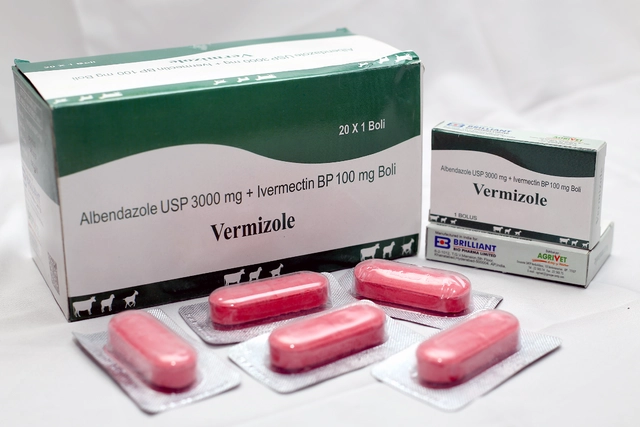Mountain Sickness: Spot It Early and Act Fast
Climbing higher feels great until your head starts pounding and you can’t catch your breath. Mountain sickness (also called altitude sickness or AMS) happens when your body can’t adapt quickly enough to low oxygen at higher elevation. Knowing the signs and quick steps to take can keep a short hike from turning into a real emergency.
Symptoms to watch for
Early signs are simple but easy to ignore: headache, nausea, dizziness, trouble sleeping, and feeling unusually tired. If symptoms stay mild and stop when you rest, that’s a good sign. But watch for danger signs: severe headache that won’t go away, vomiting, confusion, clumsy walking, or shortness of breath at rest. Those can mean high-altitude cerebral edema (HACE) or pulmonary edema (HAPE), which need urgent help.
HAPE often shows as worsening breathlessness, a cough that brings frothy sputum, and low energy despite rest. HACE is more about the brain — confusion, poor coordination, and strange behavior. If you see any of those, don’t wait. Descend immediately and get medical care.
Prevention and smart choices
Prevention beats treatment. Plan climbs so your body can adjust: once you’re above about 3000 meters (10,000 feet), try not to sleep more than 300–500 meters higher each day. Add a rest day every 3–4 days or every 1000 meters gained. Drink water, avoid heavy alcohol, and eat simple carbs. Physical fitness helps, but it won’t stop AMS if you ascend too fast.
Some people use medication to lower risk. Acetazolamide (often called Diamox) helps you breathe more and can reduce symptoms for many hikers. Dexamethasone is a steroid used for severe symptoms or as a short-term bridge while descending. These meds have side effects and should be discussed with a doctor before your trip.
Portable oxygen or hyperbaric bags can help in remote settings, but they don’t replace descent. If someone improves after oxygen or a few hundred meters down, that’s a good sign. If not, keep going down and seek professional care.
What should you do on the trail? Stop ascending as soon as symptoms start. Rest, hydrate, avoid further exertion, and monitor closely. If symptoms improve within 24 hours, you may continue slowly. If they stay the same or get worse, descend 500–1000 meters or more. Don’t try to tough it out — descending is the safest move.
Finally, always tell someone your plan, carry a small first-aid kit, and know the nearest medical options. Mountain sickness is preventable and usually treatable if you act early. Respect the altitude, pay attention to your body, and you’ll have a much safer trip.

The Future of Mountain Sickness Research and Treatment
Hey there, fellow mountain enthusiasts! Soaring to new heights isn't without its challenges, and altitude sickness is a hurdle we all might encounter. I've been delving into the future, uncovering the latest breakthroughs and potential cures that can make our ascents safer. We're talking cutting-edge research and next-gen treatments that promise to keep those dreaded symptoms at bay. Join me as we explore the advancements that could revolutionize our high-altitude adventures and ensure that our mountain experiences remain exhilarating, not nauseating.
Health and WellnessLatest Posts
Tags
- online pharmacy
- medication
- dietary supplement
- side effects
- online pharmacy UK
- medication safety
- mental health
- impact
- online pharmacies
- dosage
- skin health
- health
- pain relief
- dietary supplements
- massage therapy
- medication side effects
- eye inflammation
- health benefits
- mental health treatment
- thyroid medication




